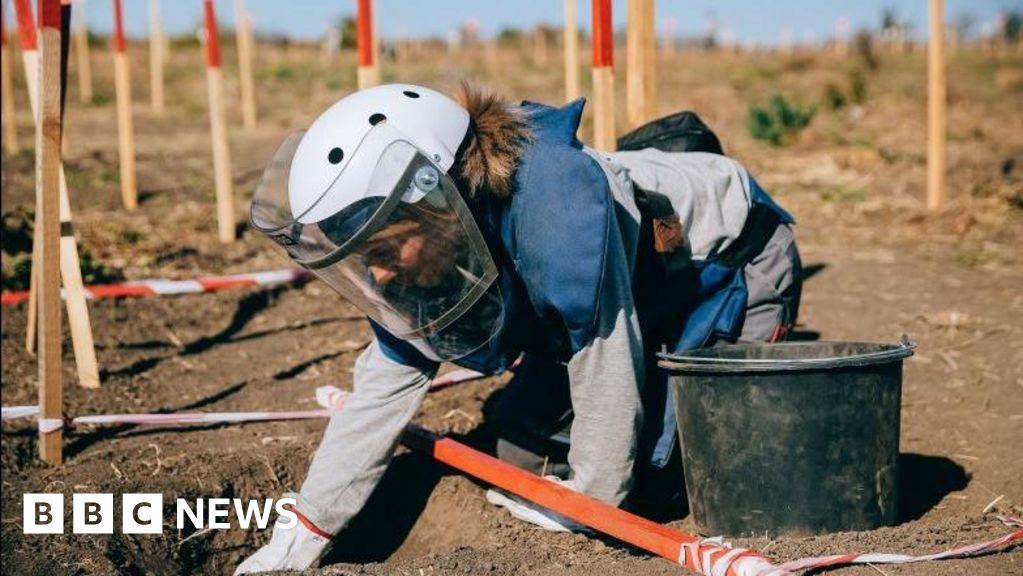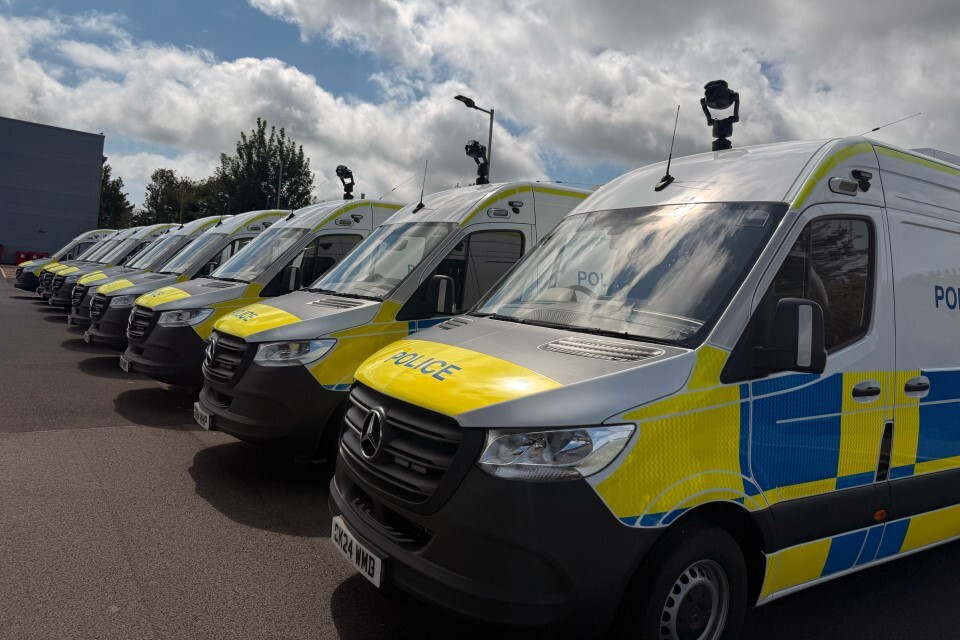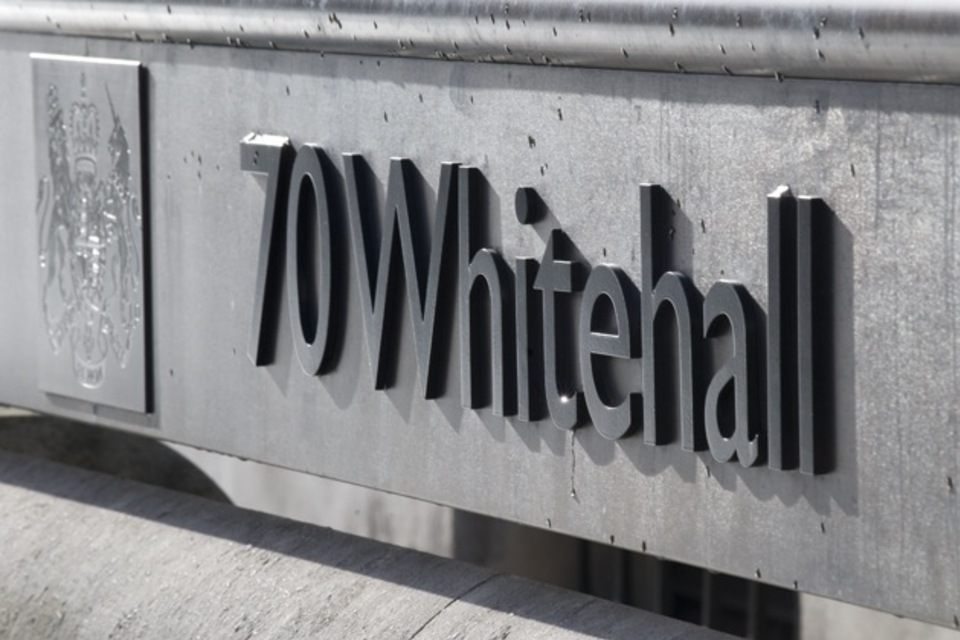Every neighbourhood across England and Wales now has named, contactable officers in place to tackle issues blighting their communities, marking a major milestone in the government’s Plan for Change.
As part of the Neighbourhood Policing Guarantee to put 13,000 more officers into communities by 2029, the public will have consistent direct links to their local force, with dedicated anti-social behaviour leads and new visible patrols in town centres.
In addition to bolstering police presence in communities, the Home Office is announcing the rollout of 10 new Live Facial Recognition (LFR) vans to seven forces across the country, equipping officers with targeted, cutting-edge technology to catch high-harm criminals.
The new vans will operate according to strict rules, which ensure they are only deployed when there is specific intelligence. The College of Policing has clear guidance on how the technology should be used.
These vehicles enable law enforcement to target and locate wanted criminals and suspects for the most serious crimes including sex offences, violent assaults, homicide and serious and organised crime. Forces already using LFR have used it to arrest rape, domestic abuse, knife crime and robbery suspects as well as sex offenders breaching their conditions. The technology has also been used to maintain safety at big public events.
Existing safeguards require checks only to be done against police watchlists of wanted criminals, suspects and those subject to bail or court order conditions like sex offenders. Watchlists are bespoke to every deployment, with officers following strict guidance from the College of Policing guidance when composing a list.
Home Secretary Yvette Cooper said
Neighbourhood policing has been decimated over the last 15 years, but through our Plan for Change we are turning the corner, starting with town and city centres.
Within the next year, we will have 3,000 new neighbourhood officers and PCSOs in place, which is a big shift. We also want them to have more powers to tackle off-road bikes, shop theft, street theft and other crimes that have blighted some of our town and city centres, so everyone can feel safe in their own town.
And we will provide police with the tools they need to do their jobs. Facial recognition will be used in a targeted way to identify sex offenders or people wanted for the most serious crimes who the police have not been able to find.
That’s why we’re funding 10 vans and also drawing up a new legal framework, so we’ve got proper safeguards and checks in place so that we can use the technology to go after the most dangerous criminals.
Police forces including the Metropolitan Police and South Wales have already seen success with their own live facial recognition deployments. The Met reported that in 12 months they made 580 arrests using LFR for offences including, rape, domestic abuse, knife crime, GBH and robbery, including 52 registered sex offenders arrested for breaching their conditions.
Alongside the roll out of the 10 vans, the government will simultaneously consult on how the technology should be used and what appropriate safeguards and oversight are needed to ensure transparency and public confidence, in turn helping the government to shape a new legal framework for its use.
They also need to follow the College of Policing’s guidance on how the technology is used – measuring faces from a live feed only against police watchlists to try to determine matches – and comply with the surveillance camera code of practice.
Every van is manned by trained officers who check every match made by the technology. The algorithm being used in the vans has been independently tested and will only be operated in specific circumstances and with robust oversight.
The facial recognition algorithm used in the new vans has been independently tested for bias by the National Physical Laboratory (NPL). The testing found that the algorithm is accurate and there is no bias for ethnicity, age or gender at the settings used by the police.
The 10 new units will be deployed to forces in Greater Manchester, West Yorkshire, Bedfordshire, Surrey and Sussex (jointly), and Thames Valley and Hampshire (jointly).
The consultation announced today will launch in the autumn to seek views on when and how the technology should be used, appropriate safeguards and oversight, to ensure transparency and public confidence, and will help the government to shape a new legal framework.
The mobile units will be distributed in the coming weeks, with the rollout being coordinated by the National Police Chiefs Council and South Wales Police. It will be for individual forces to determine how and when they are deployed in their respective areas, operating within the College of Policing guidance, but with clear monitoring of their use and effectiveness in order to feed into the consultation.
Lindsey Chiswick, NPCC lead for facial recognition, said
The police have a duty to prevent crime and keep the public safe. Live Facial Recognition supports effective policing, enabling officers to locate suspects quickly and accurately.
The increased access to Live Facial Recognition vehicles to forces that previously did not have the capability is an excellent opportunity for policing. Each Live Facial Recognition deployment will be targeted, intelligence-led, within a set geographical location and for defined period of time, ensuring deployments are proportionate, lawful and necessary.
Live Facial Recognition has already been used in policing to great success, locating thousands of wanted offenders, or others breaching their bail conditions.
I am confident that the increased use of this technology will continue to support the safety of communities across the country moving forward.
South Wales Police has been a national leader in facial recognition deployment, with no false alerts reported since August 2019 and multiple arrests linked to LFR use.
Chief Superintendent Tim Morgan, of South Wales Police, said
Our priority is to keep the public safe and this technology continues to help us achieve that.
We understand the concerns which are raised about the use of live facial recognition technology and we use any new technology ethically and spend time and effort making sure it’s deployed in line with all legislation and guidance.
It is important to remember that use of this has never resulted in a wrongful arrest in South Wales and there have been no false alerts for several years as the technology and our understanding has evolved.
The level of oversight and independent scrutiny means that we are now in a stronger position than ever before to be able to demonstrate that our use of facial recognition technology is fair, legitimate, ethical and proportionate.
John Hayward-Cripps, Chief Executive, Neighbourhood Watch said
The Neighbourhood Policing Guarantee reflects what many Neighbourhood Watch members want responsive policing that prioritises local relationships. This is so important because people stop reporting issues when they don’t have confidence that something will be done.
We know that successful community policing takes time. Having named and contactable officers is an extremely positive step, the most effective neighbourhood policing models combine targeted approaches with genuine community engagement.
Working with communities as partners rather than passive recipients should deliver the visible, community-based policing that not only keeps people safer, but builds confidence and encourages all of us to play an active role in our communities.
The announcement forms part of the government’s Safer Streets Mission and follows the launch of the Safer Streets Summer initiative, which is delivering increased patrols and enforcement in over 500 town centres nationwide.






